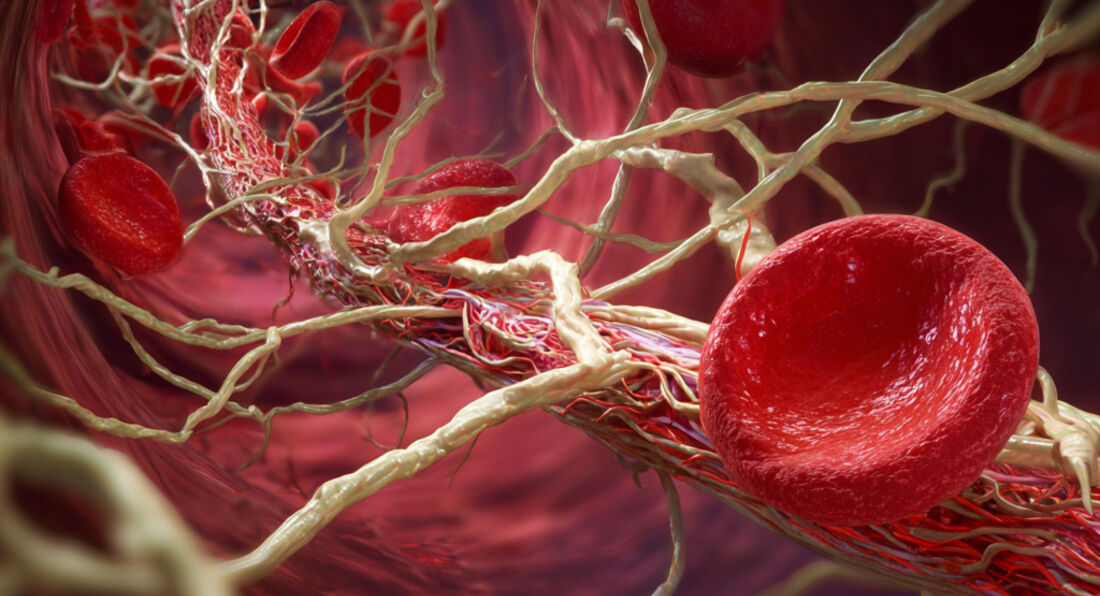The Knowledge > How To Lose Fat >
Tuesday, 19th August 2025
How to Build a Leaner, Stronger Core
By LA Muscle on 19.08.2025 09:23 pm
A strong, lean core is more than just a flat stomach or visible six-pack. Your core is the powerhouse of your body — it stabilises your spine, supports good posture, and provides the foundation for strength in almost every movement you make, from lifting weights to simply standing upright. Developing a leaner, stronger core requires a smart combination of training, nutrition, and recovery.
Understanding the Core: More Than Just Abs
When people think of the "core," they often picture the rectus abdominis (the six-pack muscles). But the core is far more complex and includes:
-
Rectus abdominis – front abs responsible for spinal flexion.
-
Transverse abdominis – deep abdominal layer that acts like a corset, stabilising your spine.
-
Obliques (internal & external) – muscles at the sides that rotate and laterally flex the spine.
-
Erector spinae – lower back muscles that extend the spine.
-
Hip flexors & glutes – support pelvic stability and movement.
-
Diaphragm & pelvic floor muscles – integral to core stability and breathing.
A well-rounded core training routine targets all of these, not just the surface muscles.
Step 1: Nutrition for a Leaner Core
No matter how strong your core is, it won’t appear lean if it’s hidden under excess body fat. Nutrition plays the leading role in revealing a toned midsection.
-
Prioritise protein – Supports muscle repair and growth while keeping you satiated. Aim for 1.6–2.2g per kg of body weight daily.
-
Create a calorie deficit – To shed fat, burn more calories than you consume, ideally through a mix of diet and training.
-
Choose whole foods – Lean meats, eggs, fish, legumes, vegetables, fruits, nuts, and whole grains over processed, high-sugar foods.
-
Balance carbs and fats – Carbohydrates fuel training while healthy fats (avocados, olive oil, fatty fish) support hormones.
-
Stay hydrated – Proper hydration helps digestion, energy, and appearance (reducing bloating).
Step 2: Core Training Principles
Training your core effectively means moving beyond endless sit-ups. The goal is both strength and stability.
Categories of Core Exercises
-
Anti-Extension (resisting arching of the lower back):
-
Plank & variations
-
Ab rollout (wheel or barbell)
-
Dead bug
-
-
Anti-Rotation (resisting twisting forces):
-
Pallof press
-
Single-arm farmer’s carry
-
Cable anti-rotation hold
-
-
Rotation & Lateral Flexion:
-
Russian twists (controlled, not jerky)
-
Side plank dips
-
Cable woodchops
-
-
Dynamic Strength Movements:
-
Hanging leg raises
-
Weighted decline sit-ups
-
V-ups
-
-
Compound Movements that Engage the Core:
-
Deadlifts
-
Squats
-
Overhead presses
-
Pull-ups
-
Step 3: Example Core Workout Routine
Here’s a well-rounded, 20–25 minute session you can do 2–3 times per week:
Warm-up (3–5 minutes): Cat-cows, hip openers, bird-dogs.
Workout (3 rounds, 45s work / 15s rest):
-
Plank with shoulder taps (anti-extension & anti-rotation)
-
Side plank with reach-under (obliques & lateral stability)
-
Hanging leg raises (dynamic strength)
-
Pallof press (anti-rotation)
-
Dead bug (deep core activation)
Finisher: Farmer’s carry (walk 30–40m with heavy dumbbells or kettlebells).
Step 4: Cardio for Fat Loss
A leaner core isn’t built in the gym alone — cardio helps create the caloric deficit needed for fat loss.
-
Steady-state cardio: Brisk walking, jogging, cycling — 30–40 mins, 3–4 times per week.
-
HIIT (High-Intensity Interval Training): Short bursts of maximum effort followed by recovery. Great for metabolic boost and fat loss efficiency.
-
Active lifestyle choices: Walking instead of driving short distances, climbing stairs, staying active throughout the day.
Step 5: Recovery and Lifestyle Factors
-
Sleep: 7–9 hours nightly — poor sleep increases cravings and stress hormones.
-
Stress management: Chronic stress raises cortisol, which encourages fat storage around the abdomen. Practices like meditation, yoga, and deep breathing support a leaner core.
-
Consistency over intensity: Sporadic extreme workouts won’t work. Regular, progressive training and sustainable nutrition do.
The Science of Visible Abs
It’s worth noting:
-
For men, visible abs usually appear around 10–12% body fat.
-
For women, abs are typically visible at 18–20% body fat.
This doesn’t mean everyone needs a shredded six-pack — functional strength, posture, and health benefits are far more important than aesthetics alone.
Pay attention:
-
A strong, lean core requires both strength training and fat loss.
-
Train all aspects of the core, not just surface abs.
-
Nutrition is the key to revealing a lean midsection.
-
Compound lifts, stability exercises, and dynamic ab work together give the best results.
-
Sleep, stress management, and consistency are non-negotiable.
Building a leaner, stronger core is a holistic process that blends smart training, disciplined nutrition, and healthy lifestyle choices. It won’t happen overnight, but with consistency, you’ll not only look leaner but also feel more powerful, resilient, and balanced in everything you do.





























